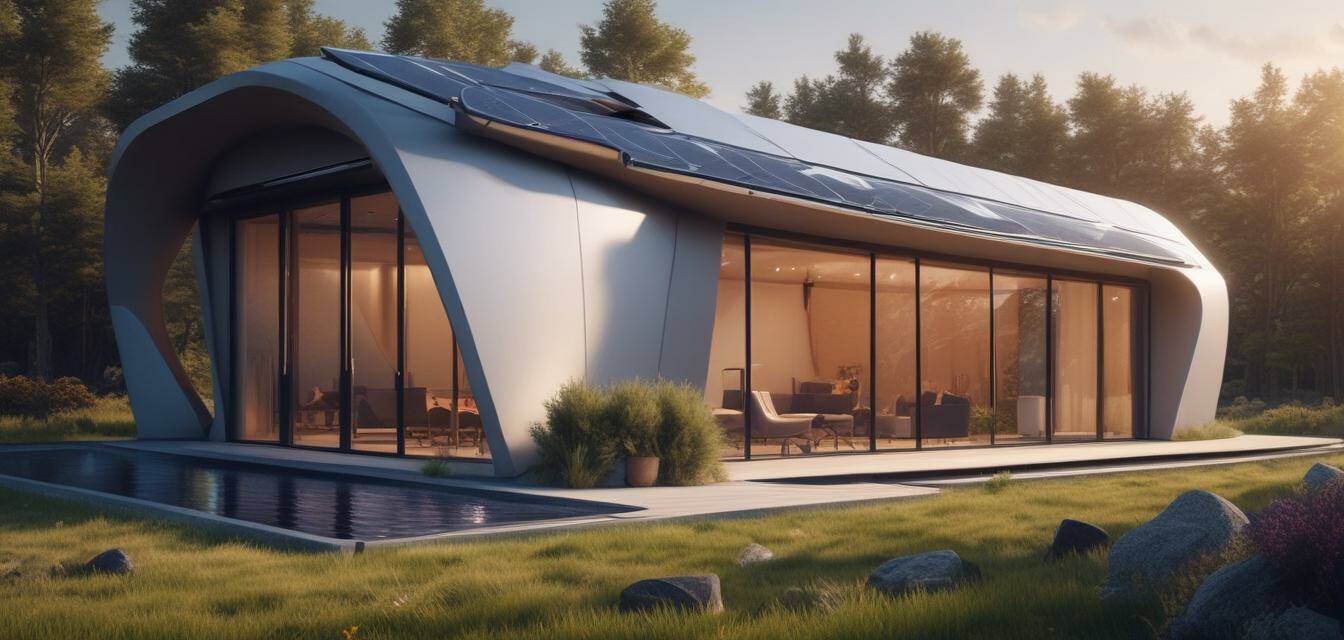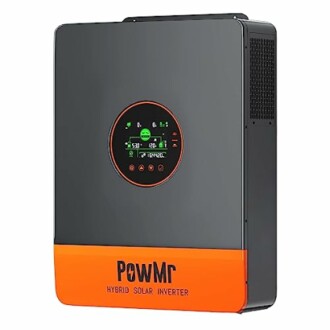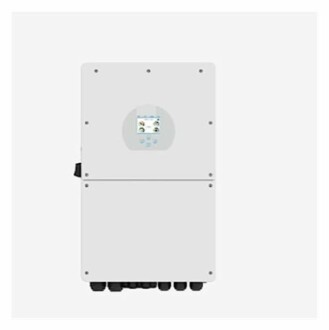
Rising Trends in Hybrid Solar Systems: What to Expect in 2025
Key Takeaways
- Hybrid solar systems are gaining popularity due to their flexibility and efficiency.
- Technological advancements will lead to improved inverter capabilities and energy storage systems.
- Homeowners can expect more user-friendly interfaces and monitoring tools for energy management.
- Regulatory changes and incentives will drive adoption of hybrid systems.
- Sustainability initiatives are encouraging the integration of renewable energy sources.
The transition towards renewable energy is reshaping how we think about power consumption. Hybrid solar systems, which combine solar panels with traditional power sources or battery storage, are becoming increasingly critical for homeowners aiming for energy independence. As we move towards 2025, several trends are expected to influence the hybrid solar market significantly.
Understanding Hybrid Solar Systems
Hybrid solar systems are designed to offer flexibility that conventional systems lack. By combining solar energy with traditional energy sources and storage options, these systems can provide uninterrupted power supply and energy savings. Here’s a brief overview of key components:
| Component | Description |
|---|---|
| Solar Panels | Convert sunlight into electricity. The more efficient the panels, the better the energy yield. |
| Inverter | Converts DC power from solar panels to AC power for home appliances. Hybrid inverters offer additional functionality. |
| Battery Storage | Stores excess energy generated during the day for use during the night or cloudy days. Key for energy independence. |
| Charge Controller | Regulates the voltage and current coming from the solar panels to ensure batteries are charged safely. |
Key Trends to Expect in 2025
1. Adoption of Smart Inverters
Inverters are upgrading to become smarter with enhanced capabilities. The PowMr 5000W Hybrid Solar Inverter is a prime example of how modern inverters can optimize energy usage efficiently. These intelligent devices not only convert and manage power but also come equipped with communication technologies, allowing users to monitor performance via mobile applications and make real-time adjustments.
PowMr 5000W Hybrid Solar Inverter
A state-of-the-art hybrid inverter that integrates solar energy storage and AC output with optimized MPPT technology.
Learn More2. Enhanced Energy Storage Solutions
Energy storage technologies are rapidly evolving. More homeowners are opting for high-capacity, long-life batteries, ensuring that energy is available when needed. The introduction of systems to better manage energy flows has paved the way for solar battery storage solutions that enhance the effectiveness of hybrid systems.
3. Growing Importance of Energy Independence
With increasing power outages and rising energy costs, more people are investing in solar solutions to gain energy independence. This trend is particularly strong among homeowners looking for sustainable practices. The Hybrid Inverters 16kw provide significant power for homes and offices, offering a robust solution for energy security.
Hybrid Inverters 16kw
A high-frequency hybrid inverter that combines MPPT charging, making it ideal for powering office and home appliances efficiently.
Learn More4. User-Friendly Interfaces and Energy Management Tools
Another growing trend is the introduction of advanced energy management systems. Increased accessibility to user-friendly apps and interfaces allows homeowners better control and optimization of their energy usage. Integration with home automation systems can help manage energy consumption effectively.
5. Government Incentives and Support
In response to the global energy crisis, governments are increasingly offering incentives for solar energy adoption. Programs supporting the installation of hybrid solar systems will likely flourish, making these technologies more accessible to the average homeowner. Families can take advantage of resources available on Introduction to Solar Off-Grid Systems to navigate available options.
Pros
- High energy efficiency and reliability.
- Potential for significant savings on utility bills.
- Flexibility to integrate with various energy sources.
Cons
- Initial investment can be high.
- Space requirements for installation.
- Dependence on weather conditions for optimal performance.
Conclusion
As we look forward to 2025, the trends in hybrid solar systems showcase a promising future for homeowners. With improved technology, better energy storage solutions, and increasing government support, investing in hybrid solar systems is becoming more viable and appealing. Embracing these advancements enables individuals to take control of their energy use while contributing to a sustainable future.




